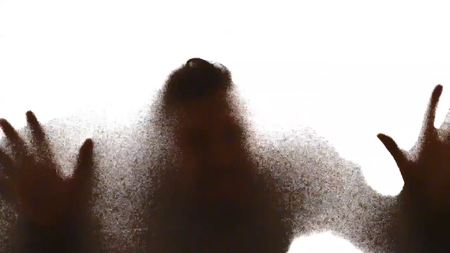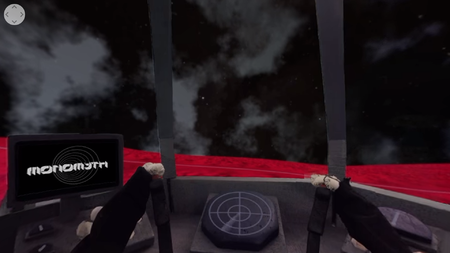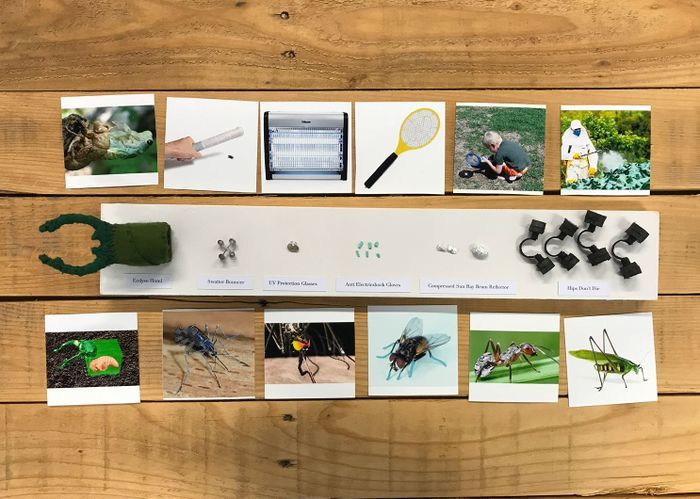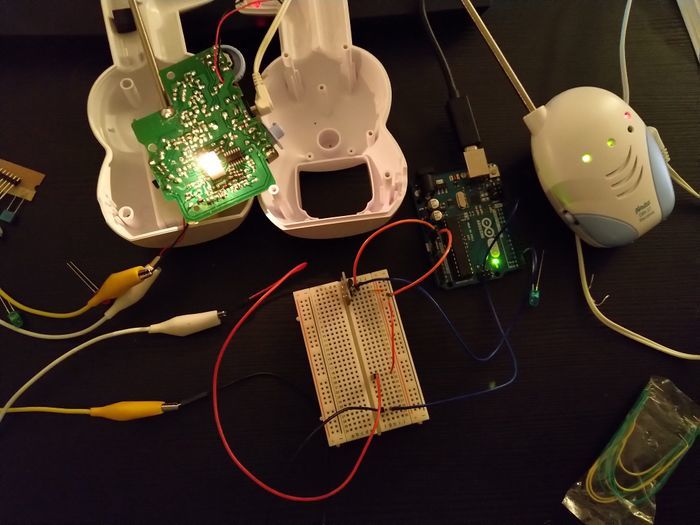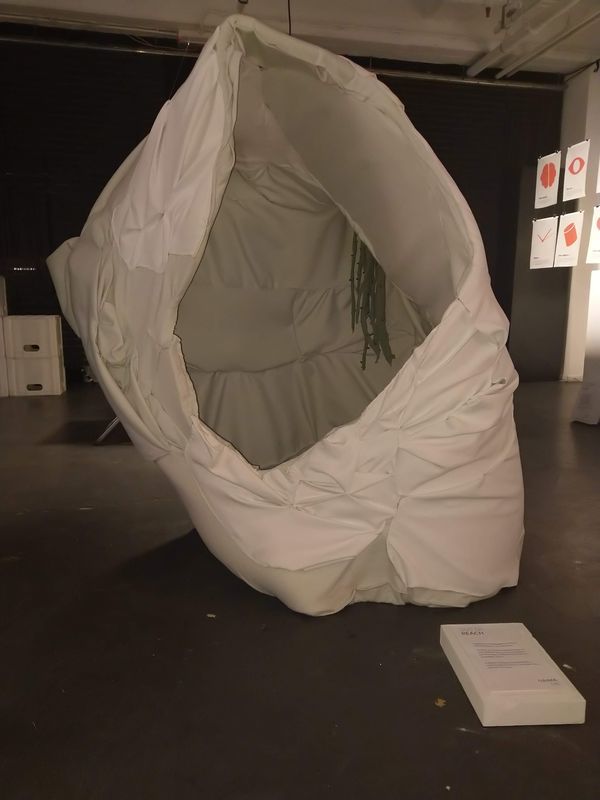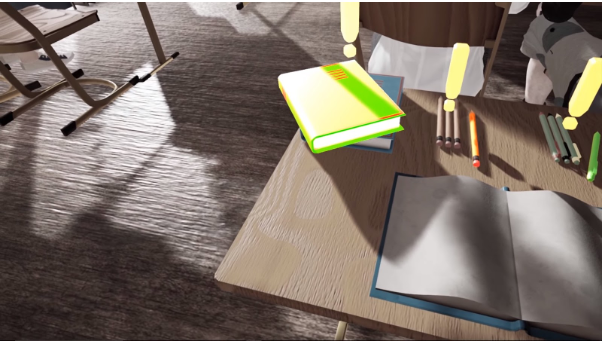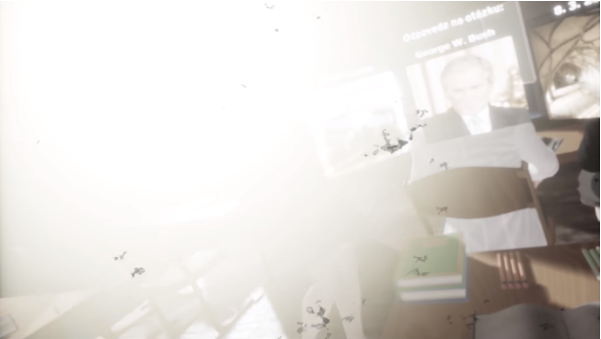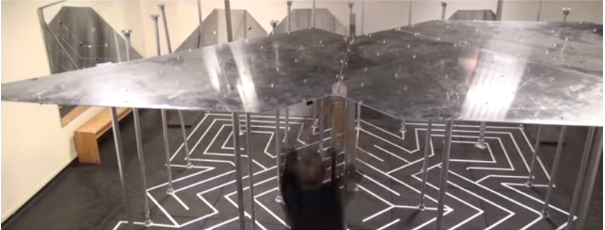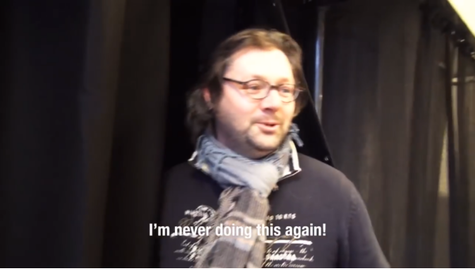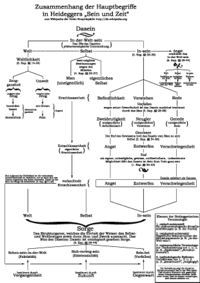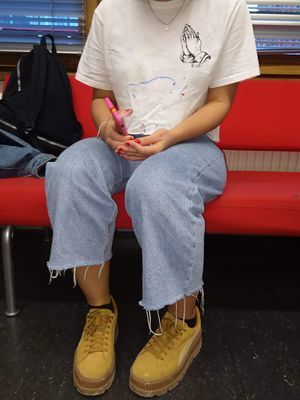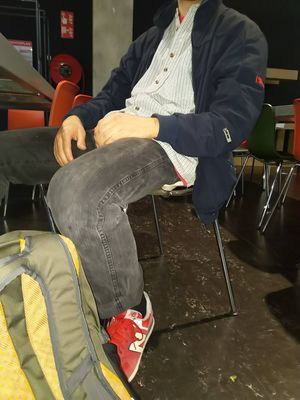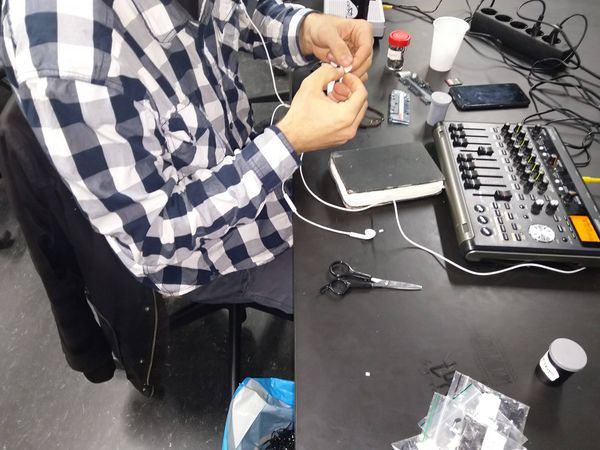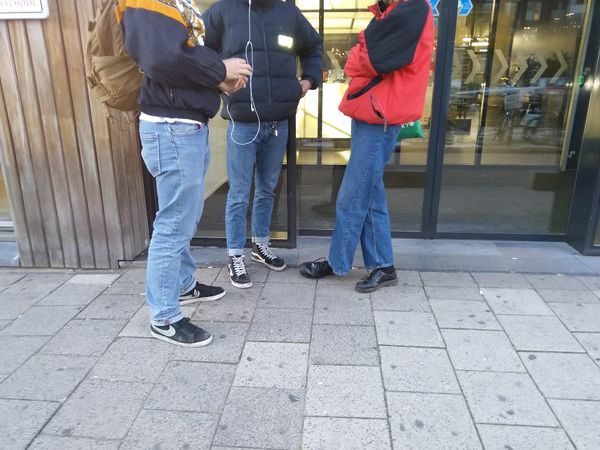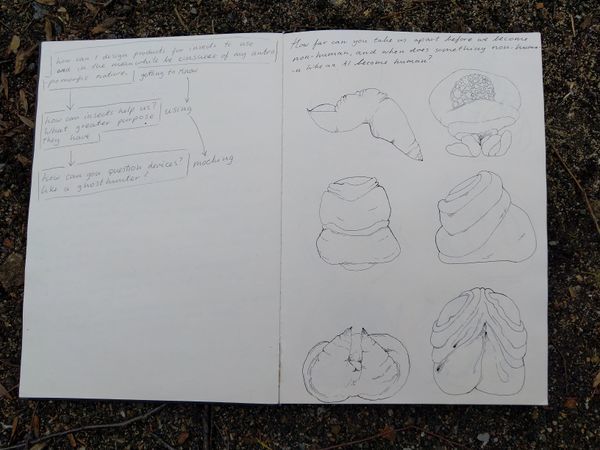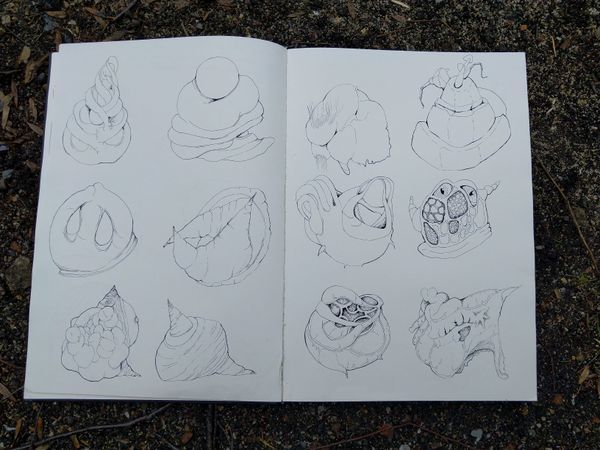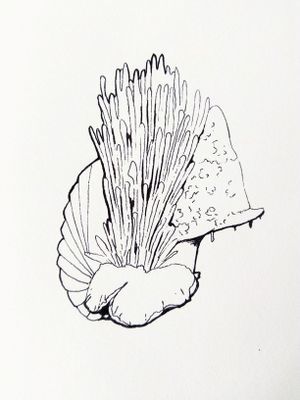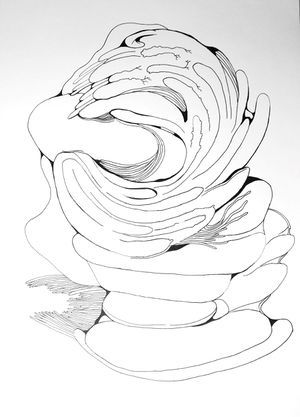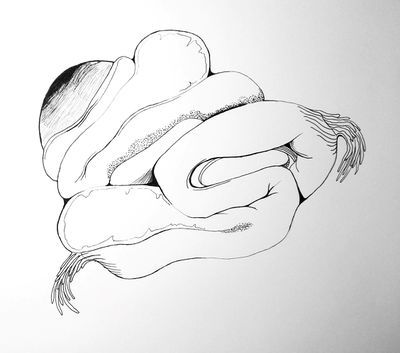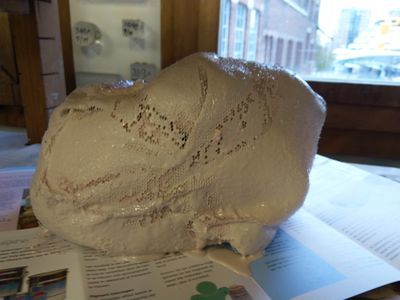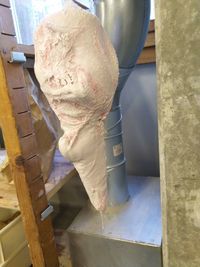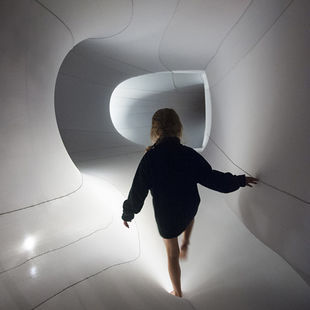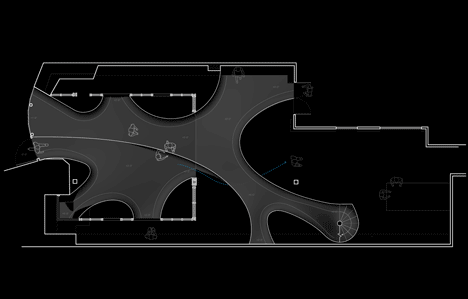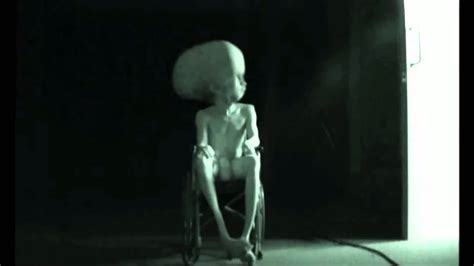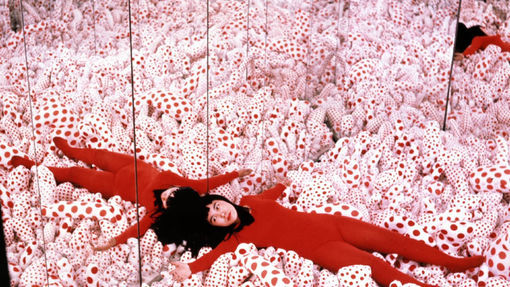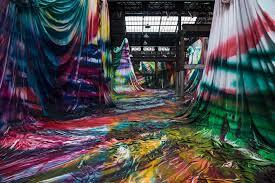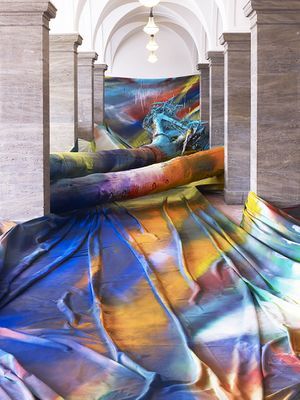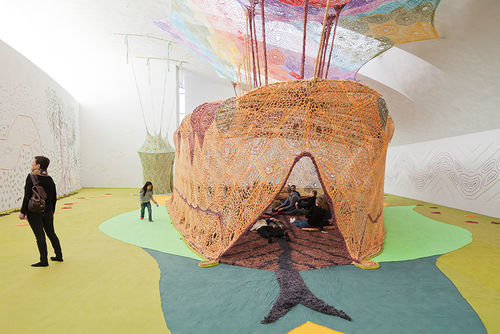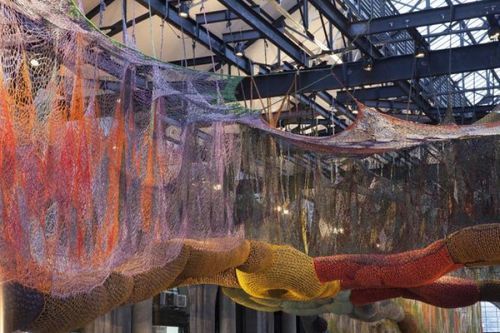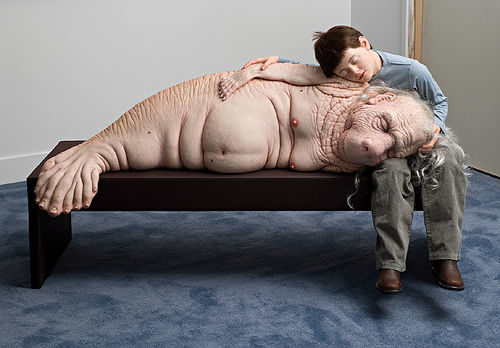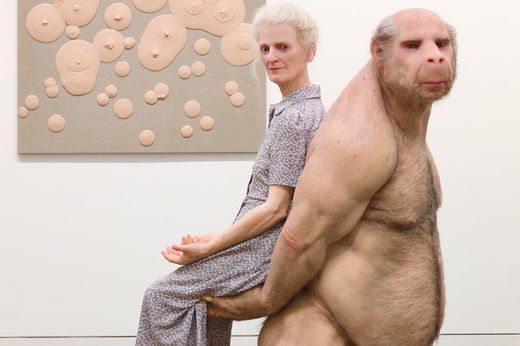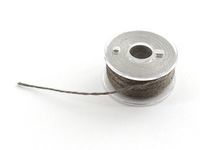User:DrNo
Contents
Digital Craft
Me and my craft
Naima Oei 0874092
ANIMATION
What defines me as an animator is the use of different styles and tactile work. So the use of mixed media is a common topic in my work. With everything I make I try to decipher what it means to make an animation and when does something stop being animated. Always looking for Borders to break or rearrange them.
I work 2D digital and analogue and combine 3D analogue and digital animation styles. When I work in 2D I am a frame-to-frame animator and when using digital 3D I combine it with 3D analogue. It is hard to find a way to mix these media so it still makes sense.
Project 1 Digital Craft Insects, Easy to Use Technology
Watch the research document here
Project 2 Communicating with insects
Watch the research document here
Project 3 Ghost Hunter
Watch the research document here
Project 4 Out of reach
Starting out
First I started by researching the brain.
I wanted the topic to be about brain activity for people with mental health problems and Borderline in particulair.
Studies on Borderline Personality Disorder Brain activity
Brain studies
Multiple studies where done using MRI, CT, PET and EEG.
A study was done using 20 participants with BPD females between the age of 20 - 40 and no comorbidity with Psychosis and Schizophrenia. There were also 20 participants used without BPD.
The Amygdala and Hippocampus in a BPD brain where 12% smaller than that of a healthy brain. The Amygdala processes emotions and the Hippocampus retrieves and stores memory.
This seems obvious because of the oftentimes inability of people with BPD to remember things and connect them to the here and now. For instance, when a mood swing occurs it can be impossible to access positive memories and facts, giving the individual no reason to reactivate their feeling. It seems like this feeling has always been there.
The left hemisphere hippocampus reduced 15.7% and the right hemisphere hippocampus was reduced by 15.8%. The left hemisphere of the amygdala is reduced by 7.9 % and the right hemisphere of the amygdala is reduced by 7.5%. If there was severe childhood abuse this difference was even more significant.
Reduced frontal lobe which impacts the ability to control impulses. So this causes the brain owner to act more impulsively. Given that people with damage in the frontal lobe due to trauma often display behaviour that lacks impulse control.
Using fMRI researchers showed 13 females with BPD and psychotic tendencies images. The first images were of neutral fixation points and the others where faces of a happy, sad and fearful expression during the faces the left hemisphere of the amygdala became more highly active compared to the people without BPD. Also in others parts of the brain, they observed high activity in the limbic structures of the regions containing the dorsal border of the amygdala, the bed nucleus of the stria terminalis, the lateral hypothalamic nuclei, the nucleus basalis (a proposed integrator of limbic information) and in the frontal lobes. The BPD participants also had trouble interpretation neutral faces. They saw them as threatening of unnecessarily negative.
If it comes to genes the most influential system is the serotonin system. Serotonin is also known as the happy molecule. It involves mood memory, sleep and cognition. A lower rate of serotonin levels in the brain can cause several things. To modify you can increase the amount of serotonin synthesized or released into the synapse, increase postsynaptic affinity, change the activity of SERT, or change the activity of MAO.
Inspiration
SPOSA simulátor autizmu – škola 2017
Jennifer Kanary Labyrinth Psychotica
Theoretical research Martin Heidegger Sein und Zeit
Sein und Zeit
Being is a complicated concept that tries to escape to be defined. If we define something say: something “is” something. So if you can not define “being” where you should start then? How ca you understand a term as a outsider? While we are trying to define being, we are doing exactly that at that moment. We are in the midst of being and can not think outside of it. Therefore it is very difficult to keep a theoretical approach to it. The whole world consists of so-called being. What that means is very complicated to understand or put into context.
Heidegger's book ‘Sein und Zeit” is counted as existentialist work. This means that it questions the human existence. Heidegger does not agree with this. He is not concerned with man's experience of being but a more overlapping discussion about the concept of being in and of itself.
Being is always constricted to time. Something is is a certain space and time. Without time a a frame being will lose all meaning or at least a huge dimension that adds to existence.
A subject that comes up a lot in the book is to take it for granted. Heidegger thinks there is far to less depth in thinking if it comes to “being” Being is so overused as the foundation of a sentence. That we have not stopped to think about it since Plato. This book is not about answers, it is more an explanation of how you can look at something as plausible as it is without taking it for granted. So you can not expect a concrete answer to the question of what is being in this book. However, it can overthrow your worldviews in a way that you do not expect.
Unready-to-hand
Zuhandenheit (Ready-to-hand)
Fabric is all around us, all the time
This material is familiar to us. In that, we take it for granted the most. Here I pulled it out of its usual context and habitat to let it interact with us differently. In it is a patchwork of pieces that come together as not one whole but a collection.
We are always doing something that will achieve something. The object in this world will help us get there. Like I am using the computer to write this on. As soon as my computer breaks it will let me think about how it works. Heidegger thinks we take ‘being’ for granted and the term ready-to-hand is a perfect term to explore this further.
When we press a button we expect something to happen, but instead of making a broken machine which is easy, I made a chaotically tangible machine. I made a shape that stands for my unready-to-hand principle. First, you need to get in there which is a bit of a stretch and then you need to find the button to turn on the lights. This button is hidden well and is not at all ready-to-hand.
The solution to where the button hides you can’t theorize or logically think about, you just need to feel. So in an attempt to visualize Heidegger's’ concept of Ready to hand (Zuhandenheit) I made a hard to find button inside an object that connects the theory with touch.
Not to be mistaken by the term: Present-at-hand
Present-to-hand is a secondary state of mind in which you take a neutral and scientific observation of a thing. This is not understood as a normal way of looking at objects inside the world, more of a state in which you can fully theorize objects, just as they are: broken, working, big or small. Every object has a function and when it loses this function it will be just there without us seeing it in its purpose.
Am I human?
The main concept in my work is, that I want to make people question their own humanness as something they take for granted. So in order to do that I want to let them enter a suit wherein they do not recognize themselves. They will be in this alien looking bodysuit looking at themselves through a mirror. Inside the suit I will build a microphone that sends their voices elsewhere and distorts them completely.
Depersonalisation & Derealisation
I want the experience to be invasive and funny at the same time. I hope it creates the same weirdness people get out of laughing gas. The only reason it makes you laugh is that you don’t understand reality for a very short interval. All sounds are distorted and slowed. Imagery is slower than usual. It’s like it slows down reality for you. The distorted imagery will be the suit from the inside and looking out to see yourself. Inside the suit, it will be much wider than the human body which gives you the chance to look at the inside structure. The suit as a name doesn’t really cover it. It is more similar to space. In this space, there will be a part where you will be able to look outside a small window. You can see yourself in your new human home and you can see people looking at you.
I chose voice distorting as a digital element because usually if people get confused or in a state of trying to understand something they use conversation to clear things up. As soon as they open their mouths an unfamiliar voice will come out. So the exact thing that makes you usually understand yourself will now be disheartening forcing you to just experience without trying to understand it and place it. When people have an anxiety disorder combined with derealisation they will experience sounds different than usual. This will give you a feeling of being inside a movie. A very disorienting feeling of confusion will rise.
The suit will be in such a shape you will not be able to properly move or stand up. Standing we take for granted too. To further create a derealisation experience, not being able to move in the ways we are used to will help with the out of body feeling I want to artificially create.
Visual Research
HUMANS
How does it feel when someone makes a photo of you without your face on it. Most people didn't want to see the photo afterwards. Which was funny. Does that mean people will only identify with themselves if there face will show? That leads us to the old dilemma: 'If you cut off my head, what I say: Me and my head or me and my body' Most people pick me and my body since our mouths the actually say something is in our heads, but you really need your neck and the rest of the body to actually produce sounds.
I started to sketch and work as organically as possible. With just the thought in mind that the shapes I was drawing should not be too similar to a human body. For instance: We have four long sticky limbs and a head, so 5 outside shapes. This should be avoided. The more I started to draw the more difficult it became to not make it human. I guess it's impossible for a human to make something non-human perhaps an alien lifeforce would be able to.
More experiments followed:
FABRIC SHAPE RESEARCH
Inspiration
Sophia Chang Suspense 2013
Chris Cunningham Rubber Johnny 2005
Yayoi Kusama
Katarina Grosse
Ernesto Neto
Cornelia Parker (1956)
Patricia Piccinini
PRODUCTION
Material
